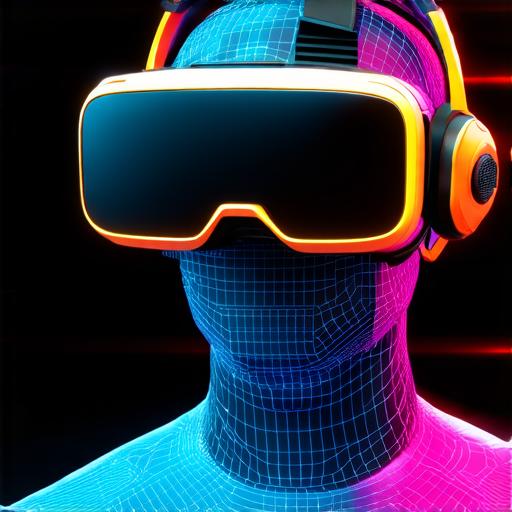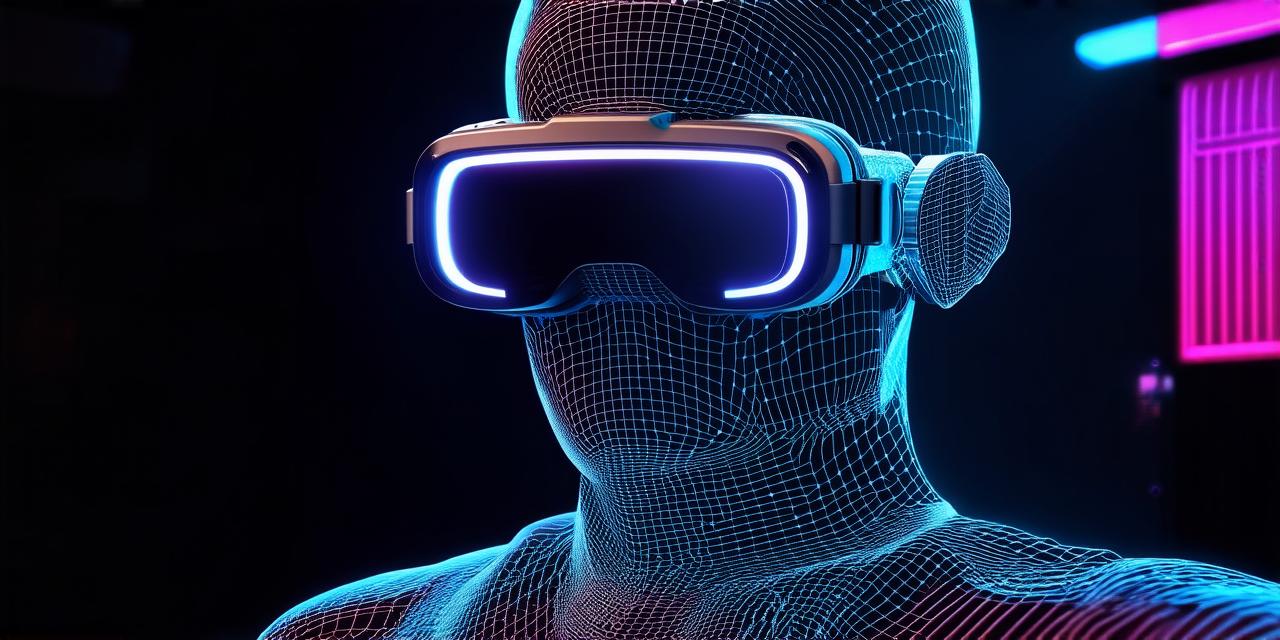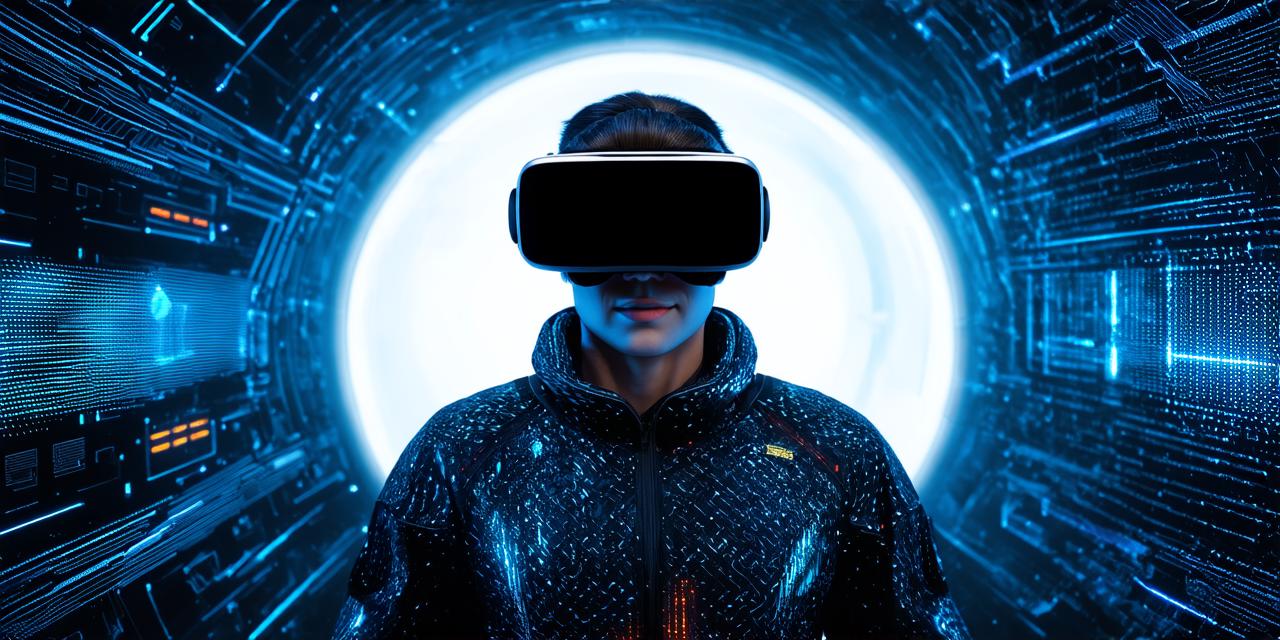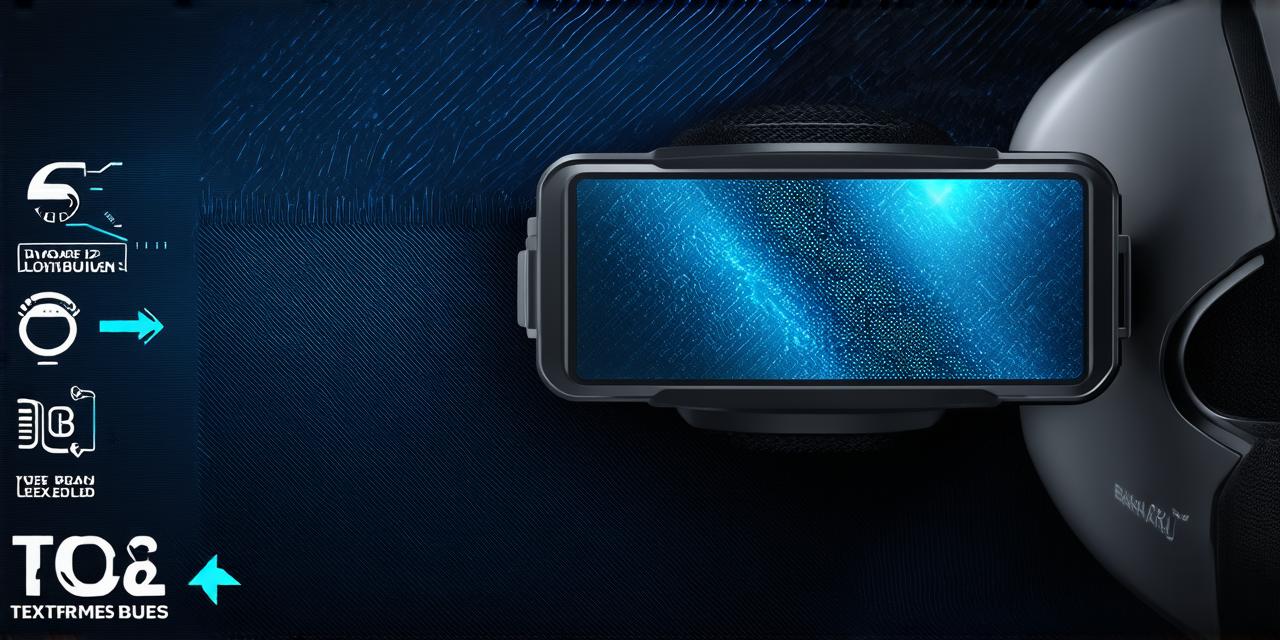Virtual reality (VR) technology has revolutionized the way we experience digital environments. VR headsets are one of the key components that allow us to immerse ourselves in three-dimensional worlds.
1. Stereoscopic Display
One of the main ways that VR headsets generate a three-dimensional view is through stereoscopic display. This technology uses two screens to display slightly different perspectives from each eye, creating an illusion of depth. The slight difference in perspective between the two eyes is known as parallax. When our eyes see two slightly different views of the same object, our brain interprets it as a three-dimensional image.
2. Tracking System
Another important component of VR headsets is the tracking system. This system uses sensors and cameras to track the movement of the user’s head and adjust the display accordingly. By constantly monitoring the user’s movements, the tracking system can ensure that the images displayed on the screens match the user’s perspective in real-time.
3. 3D Capture Technology
To generate a three-dimensional view, VR headsets also need to capture and render 3D content. This is achieved through a combination of specialized cameras and software. The cameras capture images from multiple angles, which are then processed by the software to create a 3D model of the environment. This model can then be displayed on the screens in a way that creates an illusion of depth.
4. Graphics Processing Unit (GPU)
The graphics processing unit (GPU) is another key component of VR headsets. The GPU is responsible for rendering the 3D content and displaying it on the screens in real-time. This requires a significant amount of processing power, which is why high-end GPUs are often used in VR systems.
5. Headphones
Finally, VR headsets also use headphones to enhance the immersive experience. By providing sound from different directions and frequencies, the headphones can create a sense of spatial awareness that further enhances the illusion of depth.

In conclusion, virtual reality headsets generate a three-dimensional view through a combination of stereoscopic display, tracking system, 3D capture technology, graphics processing unit, and headphones. These technologies work together to create a highly immersive and realistic experience that transports users into digital worlds.



